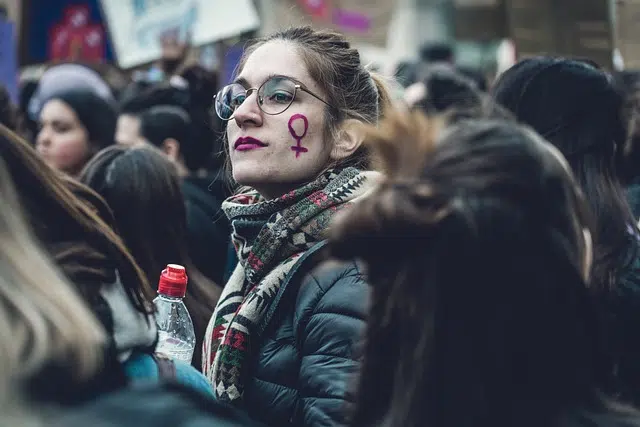
Intersectionality recognizes the individuality of each woman
The idea of intersectionality is used in the field of feminism . The concept was coined in the late 1980s by American academic Kimberlé Crenshaw .
Recognition of individuality
Intersectionality is a tool that allows the exploration of the dynamics established between coexisting identities and systems of oppression . It is a framework used for the development of research, the preparation of analyzes and the design of public policies.
Intersectionality seeks to emphasize that women do not constitute a homogeneous group. Rather, oppression is carried out in different ways depending on social class, race, and other factors that interact with gender.
Thus, intersectionality takes into account the different types of discrimination that are exercised on multiple identities . This discrimination threatens the opportunities and rights of women beyond their characteristics.
Oppression is also varied
According to Crenshaw , forms of prejudice share the same root and are sustained by the dominant power structure. Intersectionality proposes not to confront a single dimension of said power, since this selectivism leads to fighting against a single facet of oppression .
If a woman's overlapping identities ( gender , social class, race, etc.) are incorporated into the analysis, the feminist vision can contemplate the entire range of women. Intersectionality, in this way, contributes to the understanding of the female experience as a whole .
What intersectionality does, ultimately, is examine the root of the different oppressions that affect women. It is not limited to gender, which is usually the predominant problem for middle- or upper-class white women, but simultaneously looks at racial and other issues.
Origins of intersectionality
Although this term is usually coined for the aforementioned Kimberlé Crenshaw, whose activism work was undoubtedly very significant for feminism, there is evidence that its origin is a couple of decades older. This point of view was already being disseminated at that time, although with certain differences, through the multiracial feminist movement.
In 1977, in the manifesto of the feminist organization Combahee River Collective , composed of black lesbian women, the use of the word simultaneity was proposed to refer to the fact that different kinds of discrimination and oppression are intertwined. The importance of said manifesto is invaluable and remains relevant to this day.

Discrimination has multiple layers
Returning to the term intersectionality , it was also used in the movement called the third wave of feminism , which was born in North America in the 90s. Its most outstanding representative is the writer and activist Rebecca Walker , around whom many discussions about oppression revolved. multiple and the vindication of the rights of all women.
Multiple discrimination
The European Parliament recognized the validity of this concept in 2009, and is based on the need to improve and expand the mechanisms used to identify cases of discrimination, since they were not sufficient to cover all the reasons but rather made some of them invisible. . This limitation gave rise to many judicial failures due to a lack of complexity in the analysis of cases.
Multiple discrimination is a fundamental component of intersectionality precisely because it admits cases in which aggression occurs for two or more reasons , which it considers as a whole instead of choosing only one of them: a woman discriminated against because of her gender, because of her religion and race, for example, deserves a trial that studies the three forms of discrimination simultaneously .
